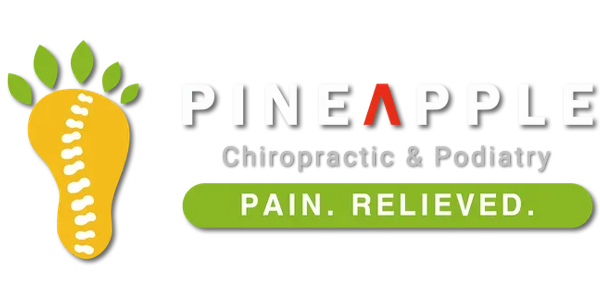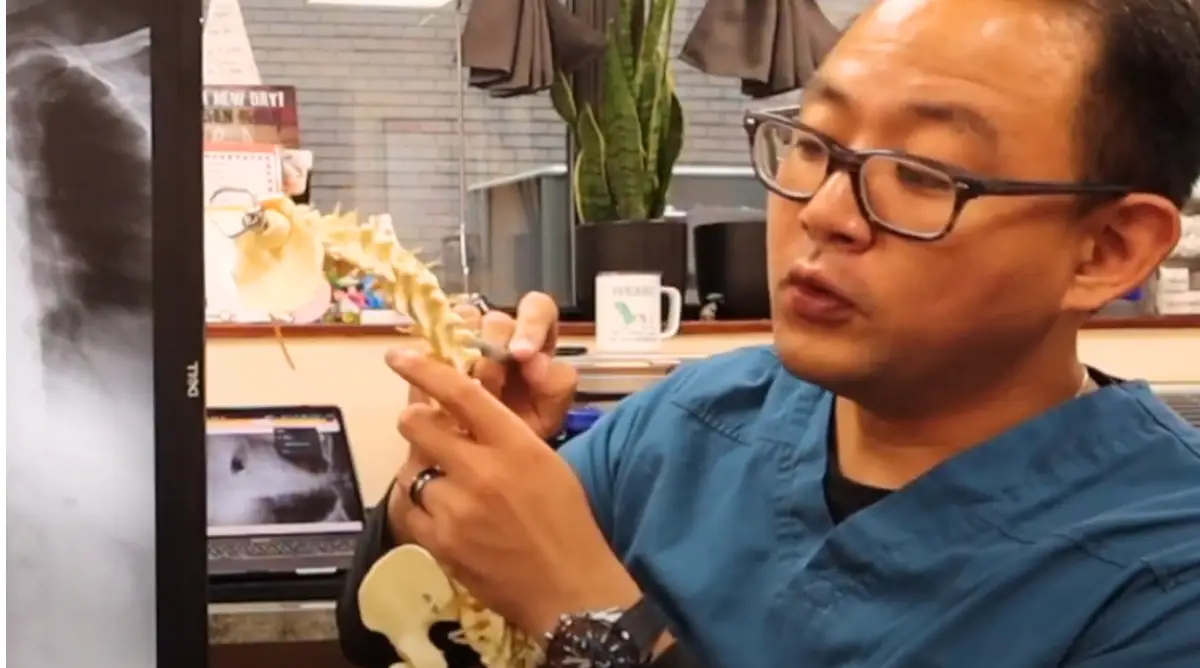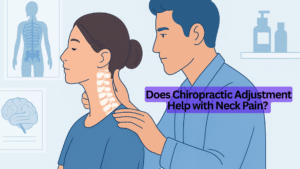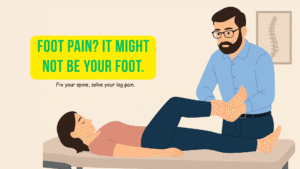February 19, 2016 to 2024, Harvard Health Publishing Harvard Medical School has been providing information that about 40% of people will get it in their lifetime and that it will become more frequent as you age. But you will be happy to know that sciatic pain can be prevented with a holistic and drug-free solution known as chiropractic care. Now, we are exploring ‘sciatica chiropractic treatment techniques, which means how chiropractors treat sciatic pain and what their techniques With scientific examples.
Key Causes of Sciatica: What You Need to Know
There are many reasons for sciatica. We make a list of some common causes of sciatica
- Spinal canal narrowing: When the spinal canal in your lower back becomes narrow, it leads to sciatica.
- Disc degeneration: If the disks acting as pillows between the vertebrae are broken down, it causes sciatica.
- Vertebral slippage: When one vertebra slips forward over another one, it also leads to sciatica.
- Pregnancy: During pregnancy, sciatica is a common problem.
- Muscle spasms: Spasming muscles in the back create sciatic pain.
Other conditions: Sciatica may also be caused by lumbar disc herniation, spinal stenosis, or spondylolisthesis, which compress the nerve roots. Modifiable risk factors include smoking, obesity, and heavy lifting, as highlighted in professional guidelines (Royal College of Chiropractors PDF).
There are also some issues that lead to sciatica.
- Diabetes
- Having a larger body part
- Weakened core muscles
- Wearing high heels or tight shoes
- Sleeping on a too-hard mattress
- Smoking
- Prolonged sitting or standing
Common Symptoms of Sciatica: How to Recognize Them
Sciatica is pain that travels along the sciatic nerve. This nerve starts in your lower back, goes through your hips and buttocks, and extends
down each leg. Common symptoms include:
- Sharp pain in the lower back, hips, or legs
- Numbness or tingling in the leg.
- Weakness in the affected leg.
Some signs indicate sciatic pain. When you notice these symptoms, you should visit a chiropractor as soon as possible. Read the explanation below for more details.
Pain in Sciatica: Where It Hurts and Why
Sciatic pain happens due to pressure on the affected nerves. Most people describe sciatica pain like an electric shock. Pain commonly happens with bending or lifting your legs upward or backward when lying on your back.
Tingling
You may feel that a leg falls asleep because you sat cross-legged.
Numbness
When you can’t feel sensations on the skin in the affected areas of your back or leg, numbness happens. It happens because signals from your back or leg are having trouble reaching your brain.
Muscle weakness
It means that muscle command signals are facing problems reaching their destinations in your back or legs.
Urinary or fecal incontinence
This is a common symptom. It means signals that control your bladder and bowels aren’t reaching their destinations.
Diagnostic tools like the Straight Leg Raise (SLR) and Slump tests are commonly used to confirm sciatica by identifying neural compression (NILES Study).
Sciatica Chiropractic Treatment Techniques
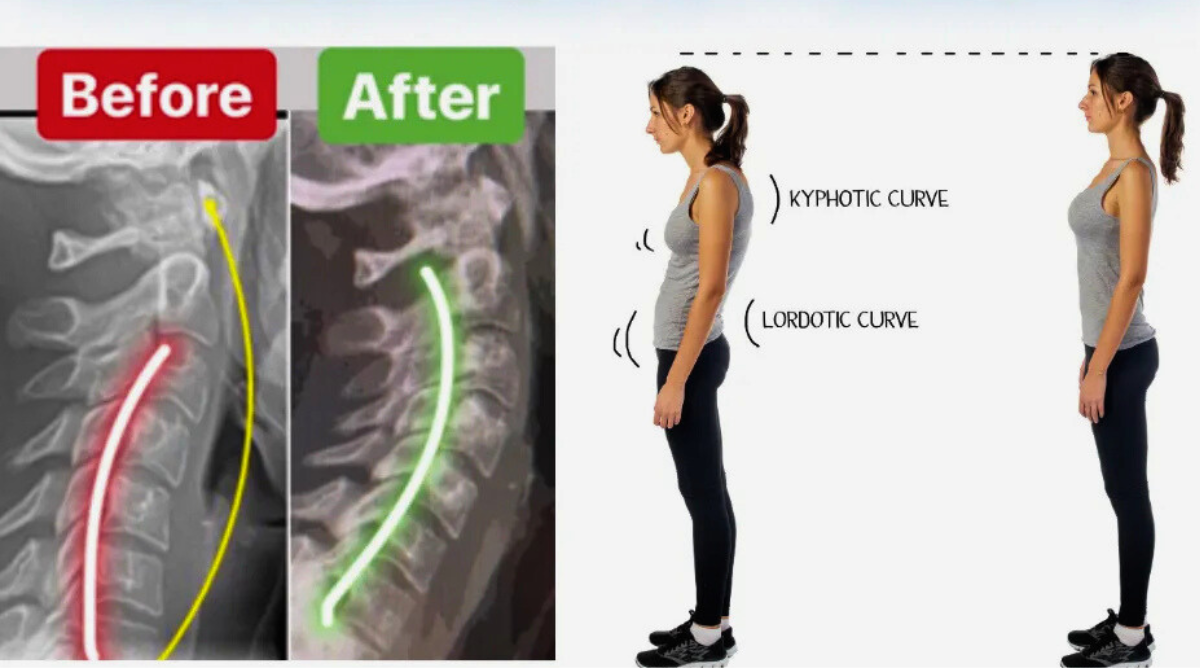
Treating sciatic pain, chiropractors use several therapies and techniques. Some of them are
Manual Adjustments
Sciatica issues are created from misalignment in the legs or shoulder nerve. Firstly, chiropractors realign the calf muscles to restore normal movement. It also reduces pain and discomfort. Spinal adjustments are effective in reducing nerve compression, restoring spinal alignment, and improving sciatic nerve function (NILES Study).
Scientific Evidence
A 2013 study by Deyo et al. published in The Annals of Internal Medicine analyzed the usefulness of spinal manipulation for sciatica. They found that it notably reduced pain and disability better than other conservative treatments. Another study by Cummings et al. in The Journal of Manipulative and Physiological Therapeutics ensured the positive outcomes of spinal manipulation for patients.
Active Release Technique
Repetitive use of sciatic tissues causes overload and tissue tension. Chiropractors apply the Active Release Technique (ART) to relieve overload-related problems such as numbness, muscular weakness, and burning sensations.
Scientific Evidence
A study by Leahy et al. (2013), published in The Journal of Chiropractic Medicine, demonstrated that ART enhanced muscle function and reduced pain in patients with sciatica. Janda et al. (2005) also highlighted ART’s effectiveness in treating musculoskeletal disorders, including sciatica which is caused by muscle tension.
Graston Technique
Chiropractors use the Graston technique for sciatica. It is an instrument-assisted technique that helps break down defective tissue. Chiropractors massage legs with the instruments to soften the tissues and strengthen the muscles. This method improves blood circulation. According to research in the American Journal of Sports Therapy, manual adjustments can promote healing by boosting blood flow.
Scientific Evidence
A study by Siedlik et al. (2014) in The Journal of Athletic Training published the effects of the Graston Technique and showed that it enhanced muscle function and reduced pain in patients with soft tissue injuries, including sciatica.
Myofascial Release Therapy
We found that sciatica problems come from fascia. Fascia is the connective tissue that layers with muscle. When fascia becomes tight, it causes pain. Chiropractors apply myofascial release therapy, applying pressure to the fascia to release tension and relax the muscles. Myofascial techniques improve the balance between neural and surrounding tissues, improving flexibility and reducing tension in the sciatic nerve (NILES Study).
Scientific Evidence
A systematic review by Chaudhary et al. (2015) in The Journal of Bodywork and Movement Therapies concluded that myofascial release can enhance flexibility, reduce pain, and improve neuromuscular function, making it beneficial for sciatica patients.
Stretching
We recommend patients to stretch and maintain muscle flexibility. Stretching also relieves hardness and enhances muscle strength. It is also helpful for preventing injury.
Scientific Evidence
A 2006 study by Van Tulder et al. published in The Cochrane Database of Systematic Reviews discovered that stretching exercises significantly reduce sciatica symptoms and prevent the recurrence of pain.
Exercises
Workouts that impact calf muscles aid in recovery and build strength in the sciatic nerve. Exercises reduce the risk of reinjury and promote muscle flexibility. A tailored exercise plan enhances recovery, improves range of motion, and prevents recurrence of sciatica (Royal College of Chiropractors PDF).
Scientific Evidence
Vasavada et al. (2010) published a study in Spine Journal showing that strengthening exercises and stretching routines for the lower back and core muscles can reduce pressure on the sciatic nerve. It is also helpful in alleviating pain, and improving overall function.
Chiropractic Care vs. Surgery for Sciatica Relief
To find relief from sciatica, both chiropractic care and surgery present effective options. Where surgery leads to medication, chiropractic care pursues non-invasive and drug-free solutions. The goal of chiropractic care is to find relief and improve your quality of life.
Scientific Evidence
A 2014 study by Chou et al. in Spine compared the usefulness of surgery and chiropractic care for treating sciatica. The research found that chiropractic care offered similar pain relief to surgery, with fewer risks and lower costs which is remarkable.
Personal Experience After Chiropractic Care for Sciatica
Andrew Guise, an athlete from the USA, shared his personal experience after chiropractic care for sciatica. “I was suffering from sciatic pain that would start from my lower back and right leg. My athletic activities became challenging. I took painkillers, which offered temporary relief, but I was looking for a permanent solution. Then I visited a chiropractor named DR. Lee. He explained to me that my sciatic pain stemmed from a misaligned pelvis. He outlined a clear treatment plan for me, which included spinal adjustments, myofascial techniques, massage, and exercises. After several sessions, I noticed the pain intensity reduced, and I could do my daily activities easily. I then returned to my athletic training without pain and discomfort.
Patient Success Story: 40 Years of Pain Resolved
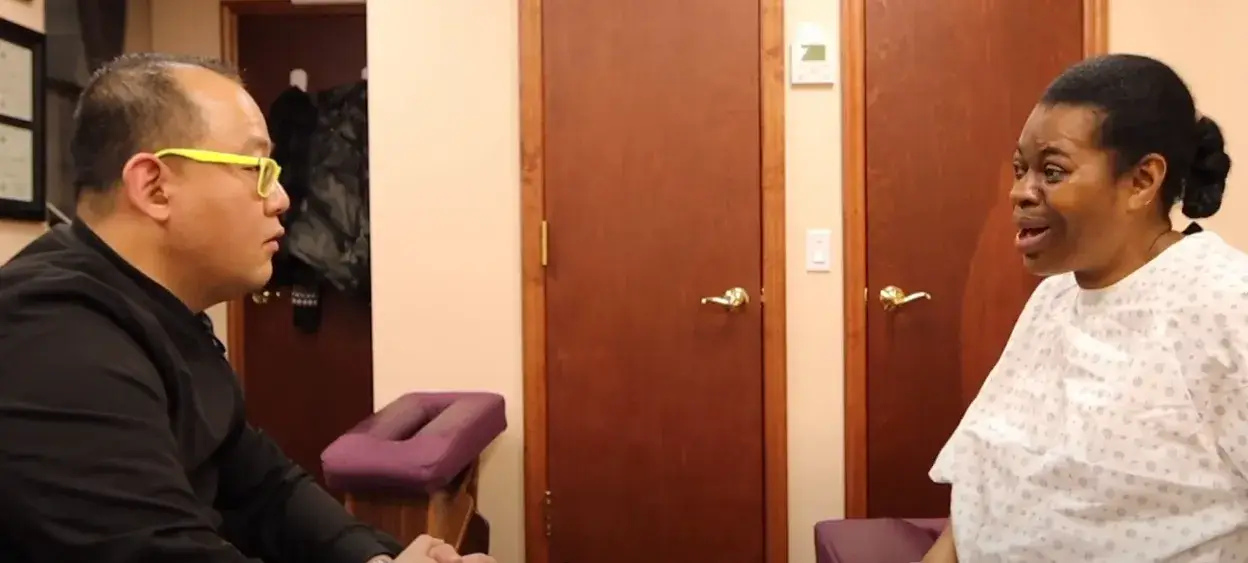
A woman in her 50s came to a chiropractor with daily back, neck, and mid-back pain. She had migraines, headaches, ear ringing, and ear drainage issues for over 40 years. After just two specific spinal adjustments, her symptoms resolved completely. This case shows the potential power of chiropractic care.
“Health is a state of complete harmony of the body, mind, and spirit.” – B.K.S. Iyengar
How You Can Prevent Sciatica at Home
Preventing sciatica involves maintaining a healthy spine and lifestyle. Here are some tips:
- Stay Active: Regular exercise strengthens your core and back muscles.
- Practice Good Posture: Avoid slouching when sitting or standing.
- Lift Properly: Use your legs, not your back, to lift heavy objects.
- Stretch Regularly: Stretching reduces muscle tightness and improves flexibility.
- Maintain a Healthy Weight: Extra weight can strain your lower back.
FAQs About Chiropractic Care for Sciatica
Can a chiropractor help with sciatic nerve pain?
Yes, chiropractors address nerve pain by relieving pressure on the sciatic nerve.
Can going to a chiropractor help with sciatica?
Yes, regular chiropractic visits can reduce sciatica symptoms and improve mobility.
How can a chiropractor help with sciatica?
Chiropractors realign the spine, relieve nerve compression, and provide personalized care plans.
Can a chiropractor help with a pinched sciatic nerve?
Yes, spinal adjustments can relieve pressure on the nerve and reduce pain.
The End
Chiropractic adjustment offers an effective and drug-free solution for sciatica. Chiropractors help reduce pain and discomfort by applying techniques like spinal adjustments, Active Release Technique, Graston Technique, stretching, exercises, and massage therapy. If you are suffering from sciatica, visit a professional chiropractor who can help you both reduce pain and improve mobility. Thank you very much for reading our blog.We’ll share more helpful blogs soon. Stay connected
“The greatest wealth is health.” – Virgil
Make an appointment now to solve your problem.
Call Pineapple Chiropractic and Podiatry
Visit drleefoot.com to schedule your appointment
